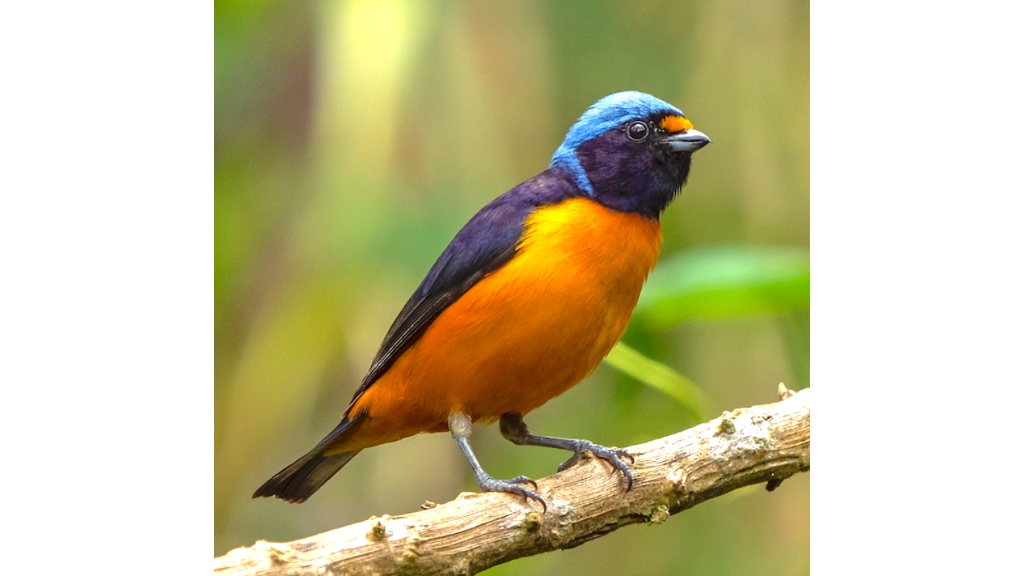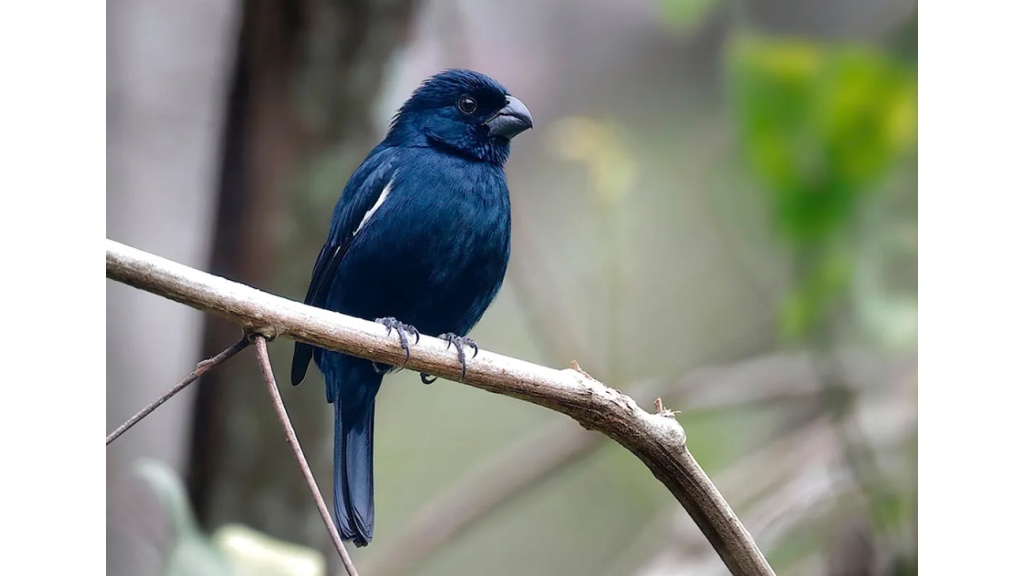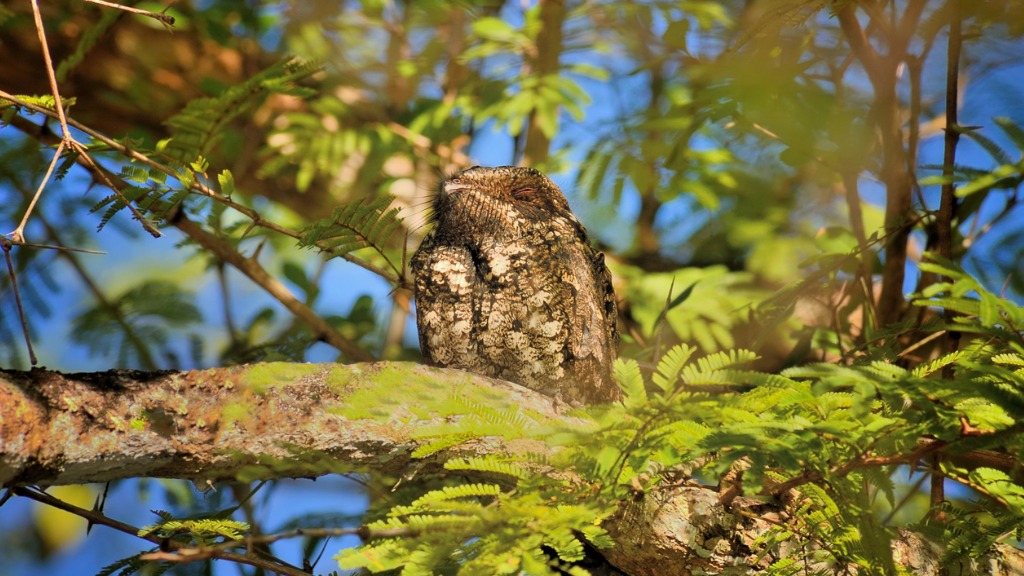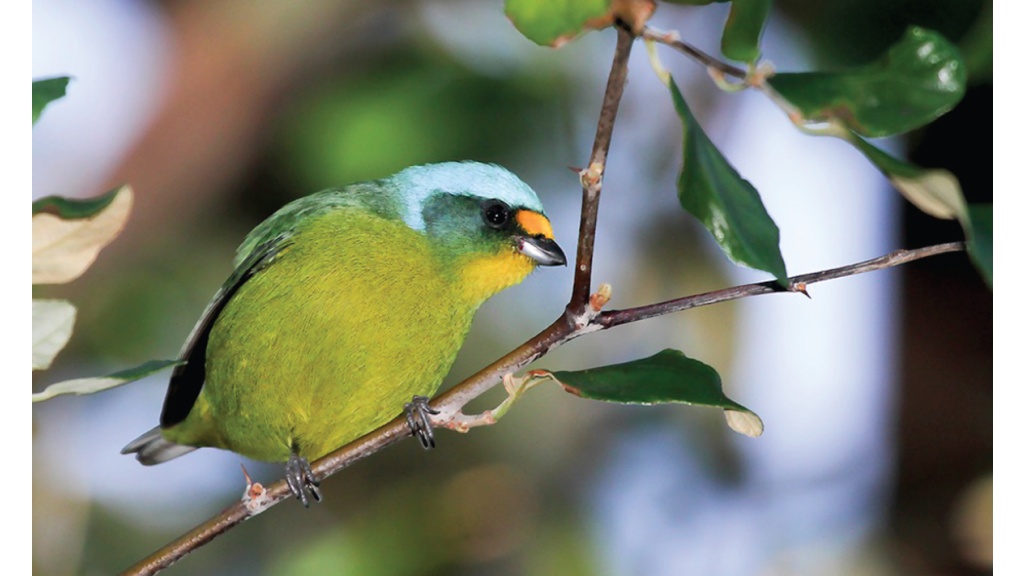

The birds that were reclassified were the Grand Cayman Bullfinch and Cuban Bullfinch, Hispaniolan Nightjar and Cuban Nightjar, Puerto Rican, Hispaniolan, and Lesser Antillean Euphonias and Hispaniolan Palm-Crow and Cuban Palm-Crow
Birds Caribbean explained that four of the five birds, which were once considered the same species, were split into their own separate groups.

“Within the Caribbean, we have many species that occur across multiple islands, but don’t island hop–making these isolated populations.
Over time, as these bird populations continue to breed in isolation from one another, they can develop differences, and even evolve into distinct species!
By reviewing evidence, including genetics, morphology, plumage, vocalisations, and behaviours; ornithologists can determine if the populations are in fact distinct enough to be considered different species,” Birds Caribbean explained.
Birds Caribbean said the Grand Cayman Bullfinch (Melopyrrha taylori) was split from the Cuban Bullfinch (Melopyrrha nigra) after birdwatchers noticed song differences between the birds.
Differences in sound patterns were also used to separate the Greater Antillean Nightjar (Antrostomus cubanensis) into the Hispaniolan Nightjar (Antrostomus ekmani) and Cuban Nightjar (Antrostomus cubanensis) and Palm Crow (Corvus palmarum) into the Hispaniolan Palm-Crow (Corvus palmarum) and the Cuban Palm-Crow (Corvus minutus).

Difference in plumage was used to separate the former Antillean Euphonia (Chlorophonia musica) into the Puerto Rican Euphonia (Chlorophonia sclateri), the Hispaniolan Euphonia (Chlorophonia musica), and the Lesser Antillean Euphonia (Chlorophonia flavifrons).
Birds Caribbean explained male Hispaniolan Euphonia and Puerto Rican Euphonia have a turquoise blue crown and nape, blackish-violet face, back and wings, a small band of tawny-yellow to orange on the forehead.
However, the male Puerto Rican Euphonia boasts a sunny yellow throat, underside, and rump, while the male Hispaniolan Euphonia has a dark blue throat and orange underside and rump.

The male Lesser Antillean Euphonia has an olive-green body, sky-blue crown and nape, and yellow forehead.
His plumage is fairly similar to the females of all three species but he is a little brighter.
The females of all three species are lighter overall, with yellow-greenish body and wings, turquoise crown and nape, and the forehead nicely adorned with a spot of gold.
With these new additions, the Caribbean now has 180 endemic bird species.
CLICK HERE TO JOIN OUR WHATSAPP GROUP
CLICK HERE TO JOIN OUR WHATSAPP GROUP
CLICK HERE TO JOIN OUR WHATSAPP GROUP
CLICK HERE TO JOIN OUR WHATSAPP GROUP
Advertise with the mоѕt vіѕіtеd nеwѕ ѕіtе іn Antigua!
We offer fully customizable and flexible digital marketing packages.
Contact us at [email protected]
















